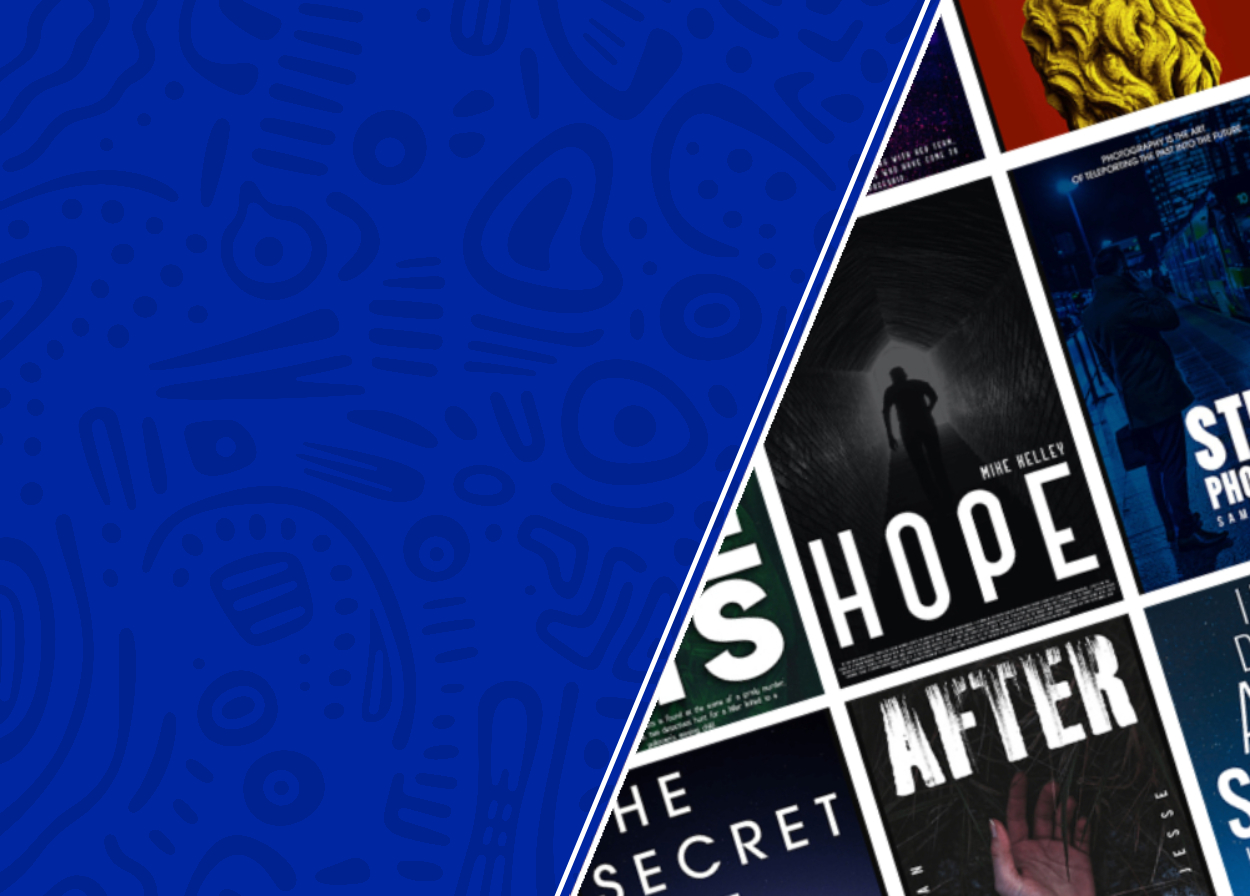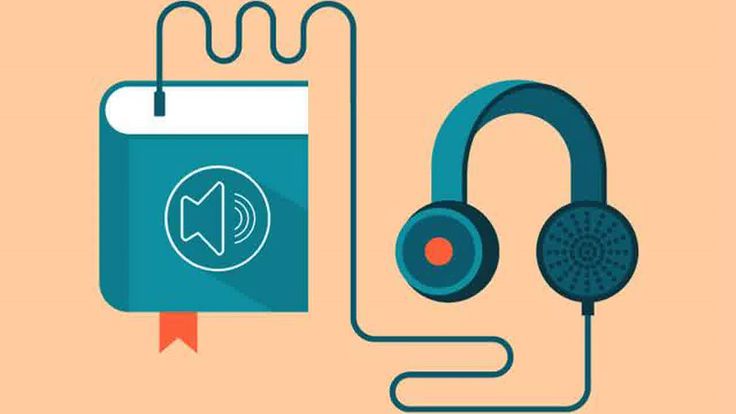Audiobooks have become incredibly popular, offering a convenient way to enjoy books while multitasking. Knowing about audiobook formats and how they affect sound quality is important for audiobook listeners. From formats like MP3 and FLAC to Advanced Audio Coding (AAC), understanding things like bit rate, lossy compression, and digital rights management (DRM) can help improve your listening experience.
If you’re an author wanting to publish your audiobook, Pen to Press Publication is an excellent choice. They provide professional formatting services for audiobooks, ensuring your work is available across different platforms and formats while maintaining great audio quality.
What are the Common File Formats for Audiobooks?
Audiobooks come in a variety of formats, each offering different benefits depending on what you need in terms of sound quality and file size:
- MP3: This is the most common audiobook format. It’s a lossy compressed audio format, which means it compresses the audio to make the file size smaller while still maintaining decent audio quality. MP3 files are compatible with most devices, including MP3 players, smartphones, and computers. The file size is kept small because it uses a lower bit rate, but the sound quality is still good enough for most listeners.
- FLAC (Free Lossless Audio Codec): FLAC is a lossless format, which means it compresses the audio without losing any quality. This format is ideal for listeners who want higher quality sound, but the files are much larger than MP3s. This format is great if you have plenty of storage and want the best audio experience.
- AAC (Advanced Audio Coding): This format is more efficient than MP3, offering better sound quality at the same bit rate. AAC is popular on platforms like iTunes and works well with most devices. It’s a good option if you want good sound quality without increasing file sizes too much.
- WMA (Windows Media Audio): Created by Microsoft, WMA files can either be lossy or lossless, so you have flexibility with the quality and size of your audio files. While not as popular as MP3 or AAC, it’s still a viable option, especially for Windows users.
- Audible Formats (AA, AAX): Audible, one of the biggest audiobook platforms, uses its own formats like AA and AAX. These formats come with DRM protection, meaning the files are secured and can only be played on authorized devices. The AAX format provides higher quality audio than AA, making it great for users who prioritize better sound on the Audible platform.

What Audio Format Does Audible Use?
Audible primarily uses the AA and AAX formats. These formats are protected with DRM to prevent unauthorized use, meaning you can only play these files on certain devices. AAX is preferred for its better audio quality, which makes it ideal for users who want the best listening experience on Audible.
Are Audiobooks MP3 Files?
While some audiobooks are available in MP3 format, not all of them are. MP3 is one of the most popular formats because it compresses audio in a way that reduces file size but keeps the sound quality good. However, platforms like Audible often avoid MP3 because it doesn’t have built-in DRM protection. Instead, they use proprietary formats like AA or AAX. Independent sellers or smaller platforms may still offer audiobooks in MP3 files for more flexibility.
What is the File Format for Audiobooks?

The most common formats for audiobooks are MP3, FLAC, AAC, WMA, and Audible’s AA and AAX formats. These formats each have their strengths when it comes to sound quality, file size, and device compatibility. MP3 and AAC are widely used because they offer a good balance between quality and size, while FLAC is popular among listeners who prioritize sound fidelity.
Key Considerations for Audiobook Formats
When deciding which format to use, keep these points in mind:
- Audio Quality: If you want the best audio quality, go for a lossless format like FLAC. If you don’t need the highest quality, MP3 or AAC will work just fine.
- File Size: If you’re worried about storage, go for MP3 or AAC, as these formats create smaller files.
- Compatibility: MP3 is the safest option if you’re unsure, as it works on almost any device. However, if you’re using Audible, you’ll be dealing with their AA or AAX formats.
- DRM Protection: If the audiobook comes with DRM protection, you’ll be limited to playing it on specific devices. MP3 files generally don’t have DRM, so they’re more flexible.
How Do Audiobooks Benefit from Improved Mobile Storage and Networks?
Thanks to advances in mobile storage and network technology, it’s now easier than ever to store and stream audiobooks. With more storage space on mobile devices and faster internet speeds, listeners can enjoy high-quality formats like FLAC or AAX without worrying about space or slow downloads. This means you can have the best possible audio quality on the go, without having to deal with slow loading times or limited storage.
What Role Does the Manifest Play in Audiobook Formatting?
In the world of audiobook publishing, the manifest file plays a crucial role in keeping everything organized. It controls the order in which the chapters play, making sure that everything is in the right sequence. The manifest also includes important information like navigation markers and cover art, making it easier for listeners to jump to specific sections of the audiobook.

Lossy vs. Lossless Formats: Which is Best for Audiobook Listeners?
Choosing between lossy and lossless formats depends on what’s more important to you. Lossy formats like MP3 and AAC are ideal if you’re concerned about file size and want to store more audiobooks. If sound quality is more important, go for lossless formats like FLAC, though you’ll need more storage space. For the average listener, MP3 strikes the best balance between quality and size.
The Importance of Digital Rights Management (DRM)
DRM is essential for protecting the rights of authors and publishers. Audible uses DRM in its AA and AAX formats to ensure that only authorized users can play the audiobook. While MP3 files don’t have DRM, giving you more flexibility, they don’t offer the same level of protection for creators. DRM is a trade-off between flexibility for listeners and security for content creators.
Conclusion:
Picking the right audiobook format comes down to understanding your needs. Do you care more about audio quality, or do you need to save space on your device? For most people, MP3 offers the best balance between sound and file size. If you want the best possible sound, choose FLAC or AAX. At Pen to Press Publication, we help ensure that your audiobook is available in the right format for your listeners, no matter what platform they use. Whether it’s MP3, FLAC, or another format, our goal is to give your audience the best listening experience possible.
Take a deep dive into this subject by visiting Pen to Press Publication.
FAQs
- What is the best format for audiobooks?
FLAC offers the best sound quality, while MP3 is more compatible with different devices. - Are audiobooks typically MP3 files?
Some are, but many use proprietary formats like AA and AAX for DRM protection. - Does Audible use MP3 for their audiobooks?
No, Audible



